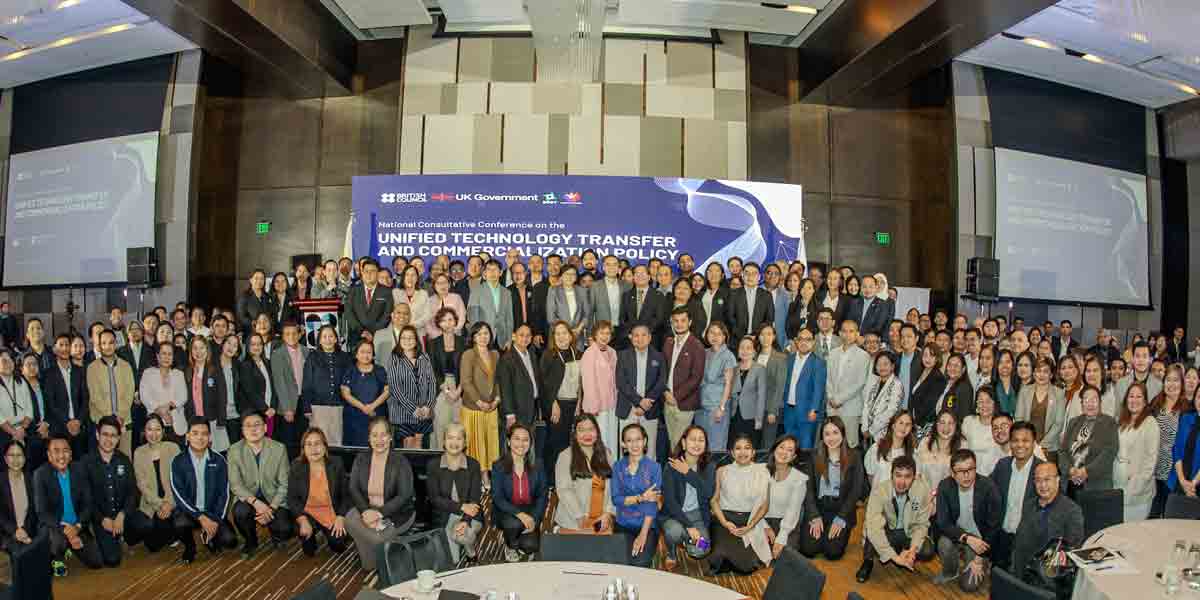By Herman M. Lagon
Superstitions, a fundamental part of Filipino culture, live in daily routines, whether skipping the ladder on a sidewalk or avoiding that rogue black cat (my neighbors call it “kuring mundo”) on a misty night. To the casual observer, these practices might seem a little odd, even amusing. But here’s the catch: some superstitions are not merely old wives’ tales—they may actually tap into real psychological, social, and even practical benefits that science is only now beginning to understand.
Take the ever-popular “pagpag” after visiting a wake, where we stop somewhere—anywhere—before going home. This custom, believed to prevent spirits from following the mourner home, seems far-fetched. But in a less mystical sense, it reflects a need for mental “detachment” after intense experiences. Clinical psychology has observed that taking small actions to end emotionally heavy events allows people to mentally decompress, similar to rituals for letting go of work stress (Risen, 2016). Far from warding off spirits, “pagan” may actually help keep our minds grounded.
Then, there is the practice of carrying a “lucky charm.” It could be an agimat, a talisman, a rabbit’s foot, an old pendant, or even a shirt that has “never failed” to bring good fortune. The effect of carrying these objects may be tied to the psychological concept of the placebo effect—believing that something will work often leads to feeling better or performing better as a result (Caspi et al., 2024). Athletes have famously relied on “lucky” items to boost confidence, reduce anxiety, and elevate their game. Similarly, in the classroom, lucky pens, calculators, or notebooks can give students a sense of security, grounding them in focus, which is, in turn, linked to improved performance.
Scientific research also explains why people hold on to these beliefs despite the absence of empirical evidence. A phenomenon called “confirmation bias” keeps many superstitions alive. Essentially, our brains are wired to pay more attention to instances that confirm what we already believe and disregard those that contradict it. If someone avoids a black cat and later has a lucky day, they are more likely to remember it than the times nothing happened. Over time, these selective memories reinforce the belief, giving it an illusion of truth.
Beyond individual practices, superstitions can hold collective wisdom. Take the case of placing coins inside wallets or “ang pao” (red envelopes) before giving them as gifts. While it is nice to think that this act passes on prosperity, there is also a deeper social reason at play: it is a sign of generosity and goodwill, setting a positive precedent in relationships. In a culture where many people are navigating financial challenges, symbols of abundance can boost morale and encourage reciprocity. Studies have shown that culturally shared beliefs—even unscientific ones—play a powerful role in fostering community ties and resilience (Vyse, 2024).
Meanwhile, some superstitions come with real safety benefits. For instance, science and common sense have explained that people should not walk under a ladder. From a practical perspective, it is a safety hazard: something could fall on you from above, or the ladder might shift if you accidentally bump it. Thus, it is easier to avoid than risk an accident. Superstitions like these act as behavioral cues, instilling self-preserving habits.
On a more intimate note, some beliefs center on health, like the traditional post-birth seclusion of mothers and newborns, our version of “confinement.” In earlier times, it was thought that exposing a new mother and baby to visitors could bring bad luck or weaken the baby’s health. Modern science backs this tradition, albeit with a different rationale, as newborns have fragile immune systems, and limiting early exposure to crowds decreases infection risk. A seemingly outdated practice has practical value, shielding the vulnerable during a critical time.
Interestingly, our brains may be “programmed” to look for patterns and ascribe meaning to them—a tendency shaped by evolutionary psychology. Recognizing patterns helped early humans avoid predators and locate resources, even if that meant spotting “faces” in shadows or shapes in clouds. Modern superstitions, then, are a relic of that survival mechanism. Psychologist Jane Risen suggests that even if superstitions seem irrational, they provide a way for people to cope with uncertainties and fears, giving them the impression of control (2016).
In the education setting, we also see teachers and students engaging in rituals, which, while not explicitly superstitious, share a similar intent. For instance, teachers might arrange their classrooms a certain way before exams, believing it “sets the tone” for a focused session. Such rituals help regulate stress levels, creating an environment conducive to learning. It is a reminder that sometimes it is not the logic of a belief but its effects that matter.
Then, there is the question of beliefs that shape social interactions. “Bati,” our superstition of saying “pwera usog,” to avoid inadvertently causing harm with a compliment, may sound magical. However, in a society where negative energy is often an unspoken fear, such expressions act as polite disclaimers. They reduce the social tension that might arise from envy or pride, fostering smoother interactions. Indeed, studies on group dynamics show that shared beliefs, even if they lack scientific basis, strengthen bonds and group cohesion (Caspi et al., 2024).
Yet, despite the practical insights hidden in some superstitions, scientific education is needed to differentiate helpful traditions from those that misinform. With science literacy rates dipping in the country, teaching critical thinking from an early age can help young people appreciate traditions without feeling bound by them. Rather than ridiculing superstitions or clinging to them unquestioningly, we could examine which beliefs add meaningfully to life. A progressive educational model can cultivate such discernment without negating cultural roots.
Ultimately, superstitions are part of the unique cultural tapestry of any society. They remind us of the universal human quest for meaning in the face of uncertainty, an acknowledgment of the invisible threads connecting us all. Science, for its part, helps us see the world more clearly but should not erase the value of cultural practices that give us hope, purpose, and connection. As we navigate this balance, the real “good fortune” may lie in finding harmony between tradition and science, between the known and the yet-to-be-explored.
***
Doc H fondly describes himself as a “student of and for life” who, like many others, aspires to a life-giving and why-driven world grounded in social justice and the pursuit of happiness. His views do not necessarily reflect those of the institutions he is employed or connected with.




















